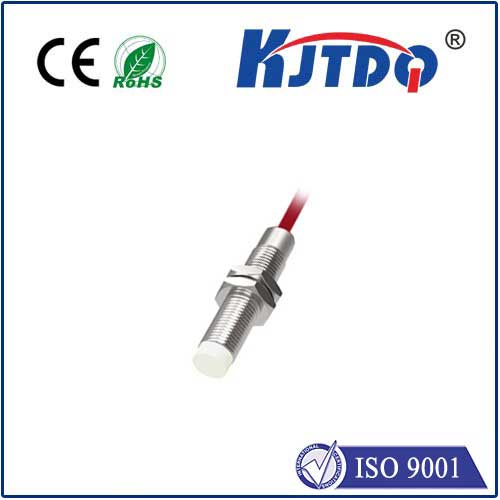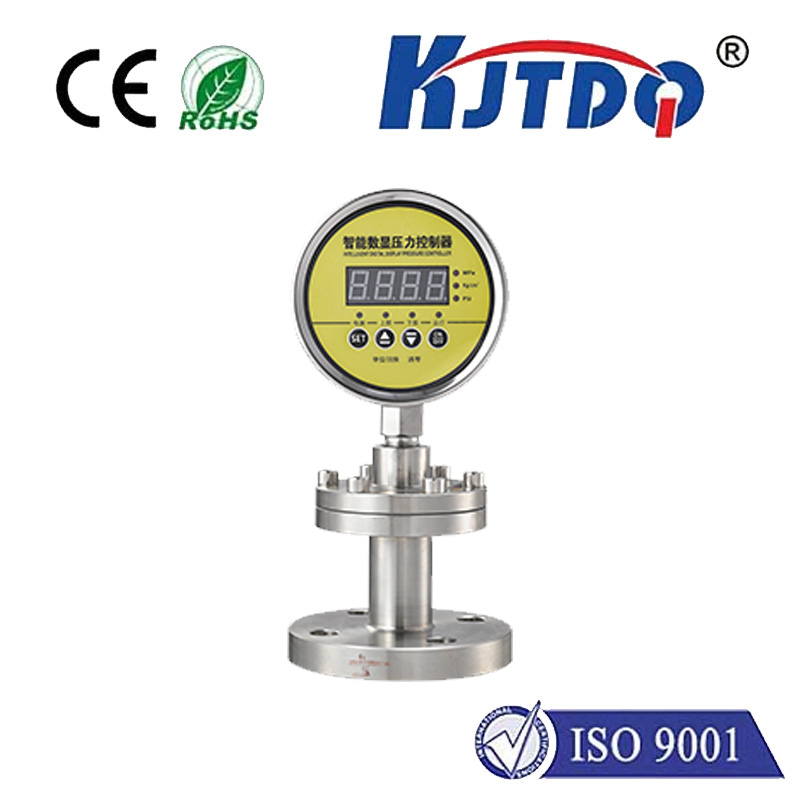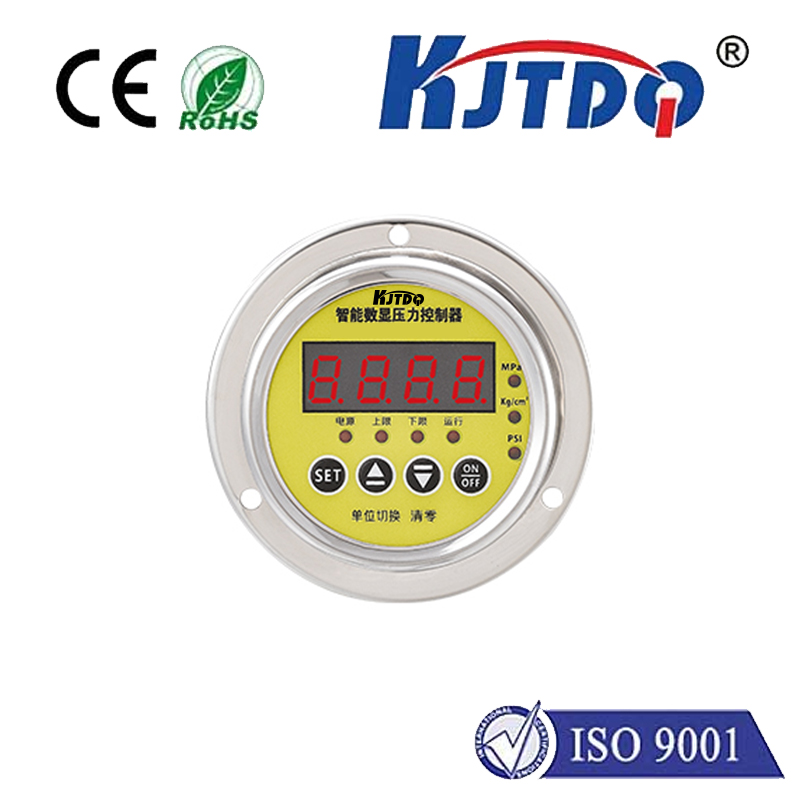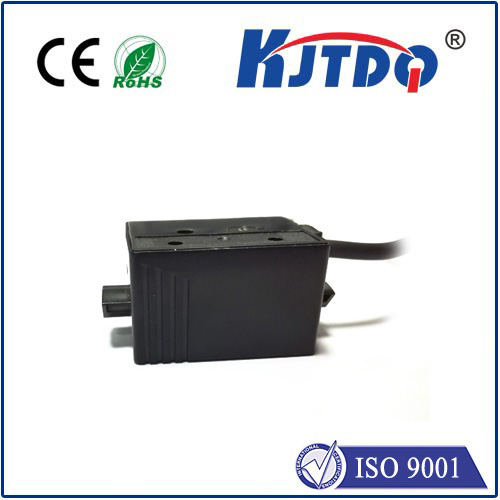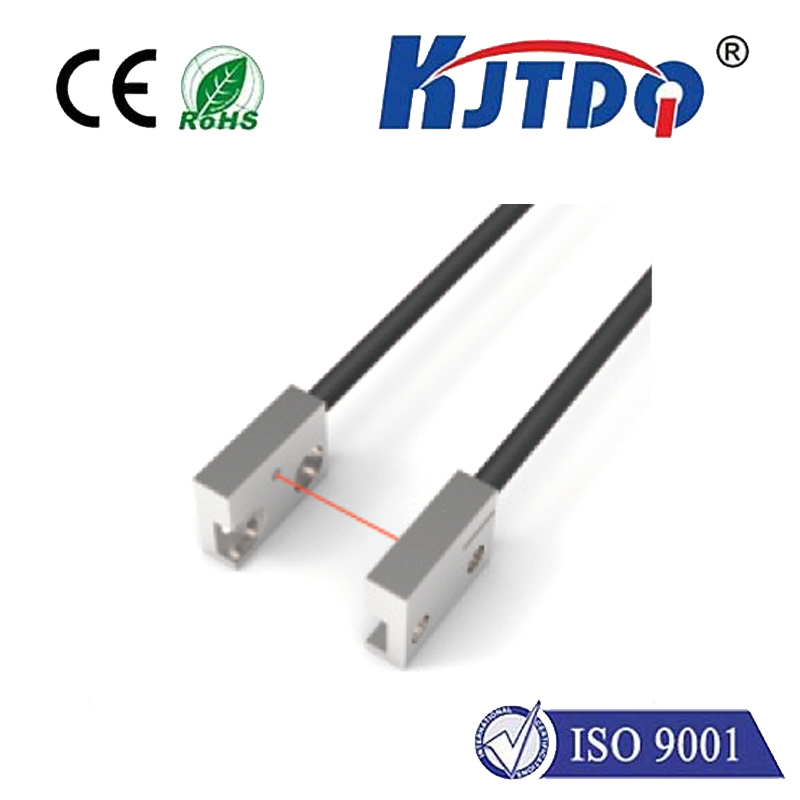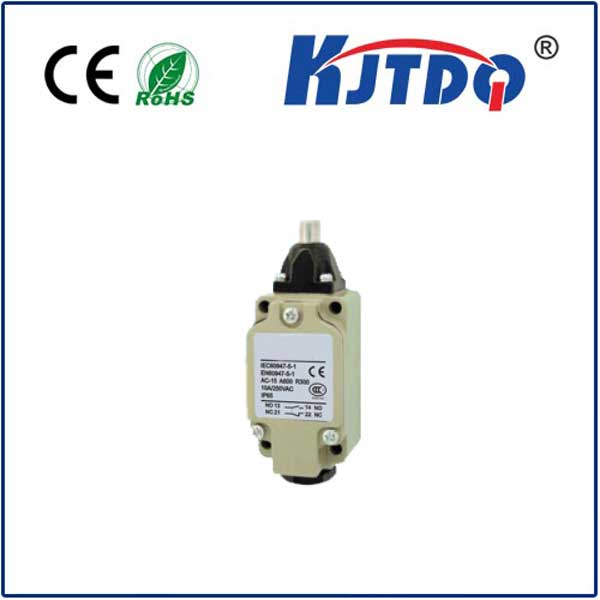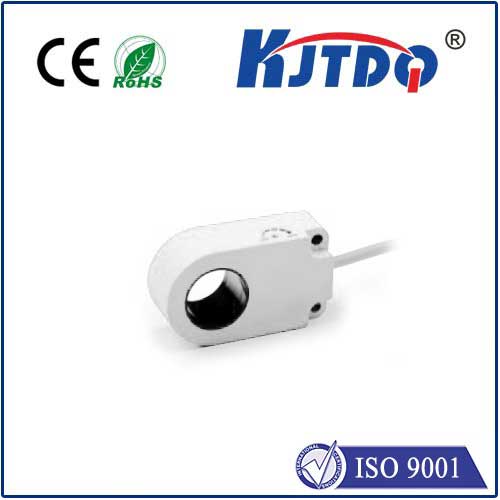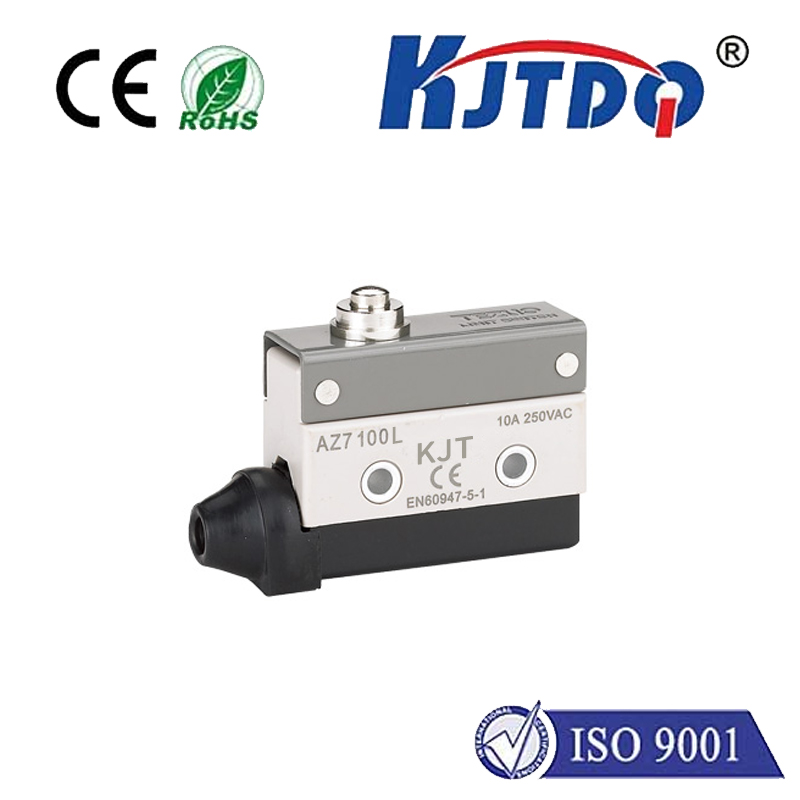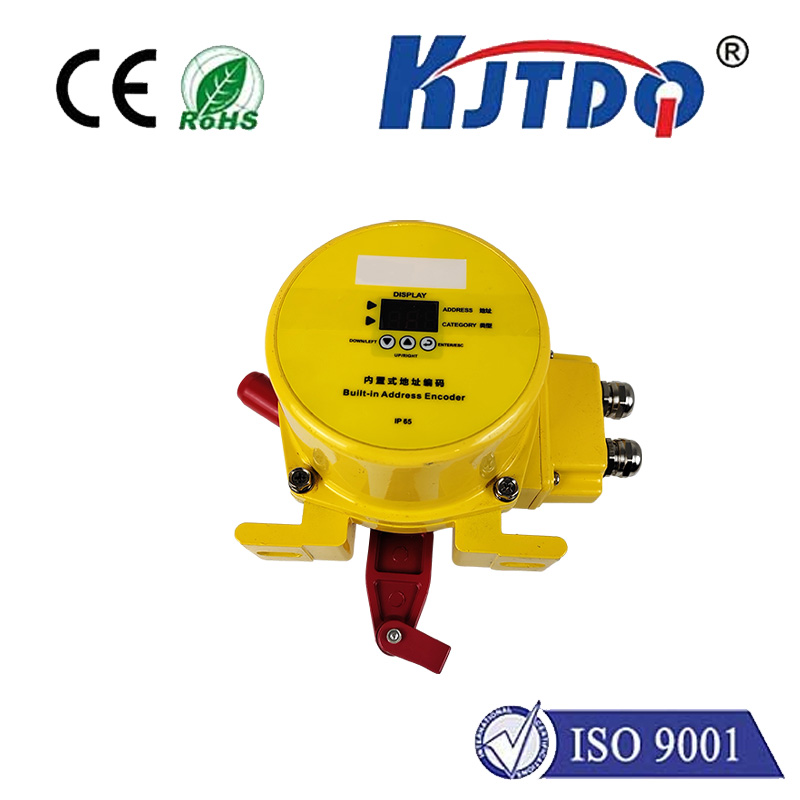

check

check

check

check

check

check

check

check

check

check
The use of GRBL, a high performance, low cost, single-axis motion control program, has become increasingly popular among makers and hobbyists. One of the key components in GRBL is the limit switch status, which plays a crucial role in ensuring the safety and accuracy of the machine's operation. In this article, we will delve into the importance of understanding GRBL limit switch status and how to utilize it effectively.
First and foremost, it is essential to understand what a limit switch is. A limit switch is a device that detects the presence or absence of an object and sends a signal to the control system when the object reaches a preset limit. In the context of GRBL, limit switches are used to monitor the position of the machine's axes and prevent them from moving beyond their safe operating range. This not only safeguards the machine from potential damage but also ensures the precision and repeatability of its operations.
Now that we have a basic understanding of limit switches, let us explore how they are integrated into GRBL. Each axis in a GRBL-controlled machine is equipped with a limit switch, which is connected to the controller board via digital input pins. When an axis reaches its limit, the corresponding limit switch is triggered, and the controller board receives a signal indicating that the axis has reached its maximum or minimum position. This information is then processed by GRBL, which uses it to determine the current status of the machine and adjust its movements accordingly.
The limit switch status can be monitored and configured using GRBL's built-in commands. By sending specific G-code commands to the controller, users can check the current status of each limit switch, enable or disable them as needed, and set the appropriate travel limits for each axis. For example, the command "$H" can be used to report the current state of all limit switches, while "$123=0" can be used to disable a particular limit switch. Additionally, users can define soft limits within GRBL's configuration file, allowing for even greater flexibility and customization of the machine's operating range.
It is important to note that proper configuration and testing of limit switches are crucial for ensuring their effectiveness. Users should carefully calibrate each limit switch to ensure that it triggers at the correct position and adjust the travel limits accordingly. Additionally, regular maintenance and inspection of the limit switches should be performed to prevent issues such as false triggering or failure to trigger due to dirt or debris buildup.
In conclusion, understanding GRBL limit switch status is essential for anyone working with GRBL-controlled machines. By monitoring and configuring limit switches effectively, users can ensure the safety and accuracy of their machines, as well as customize their operating range to suit their specific needs. With proper care and attention, limit switches can play a vital role in achieving successful outcomes with GRBL-based projects.
